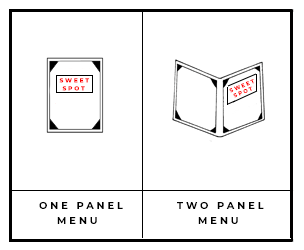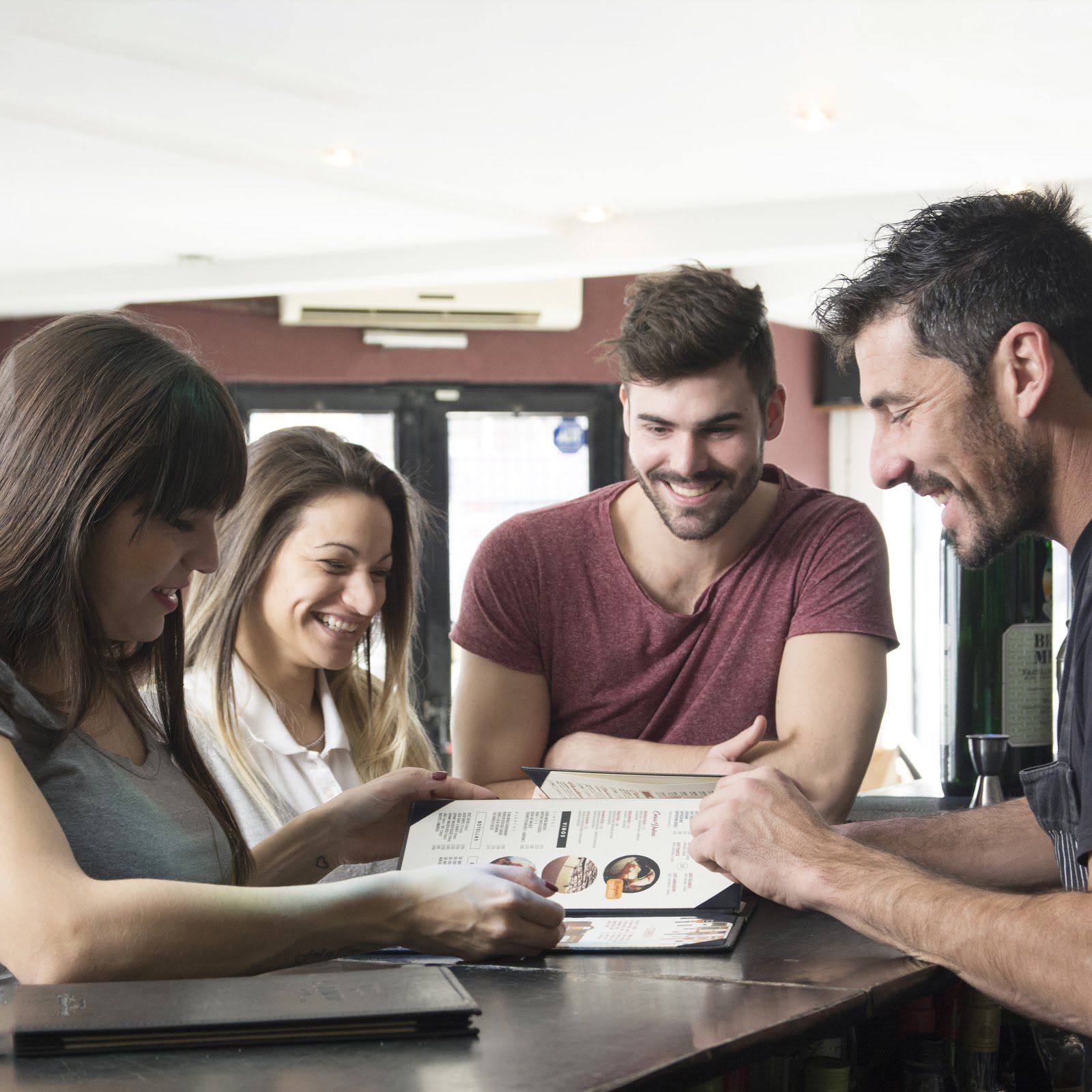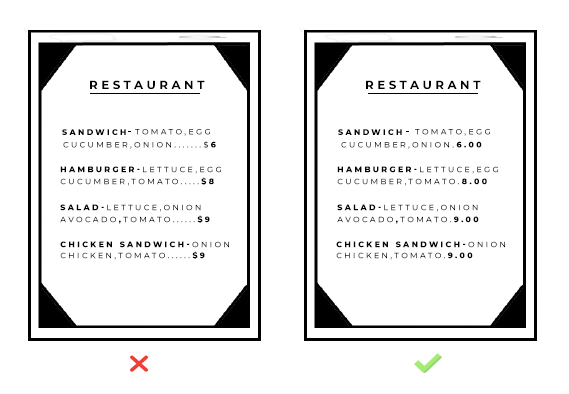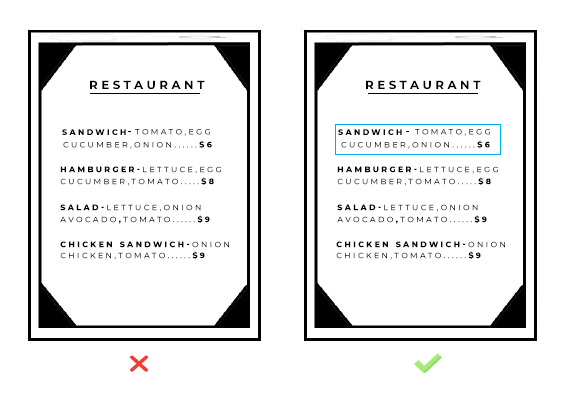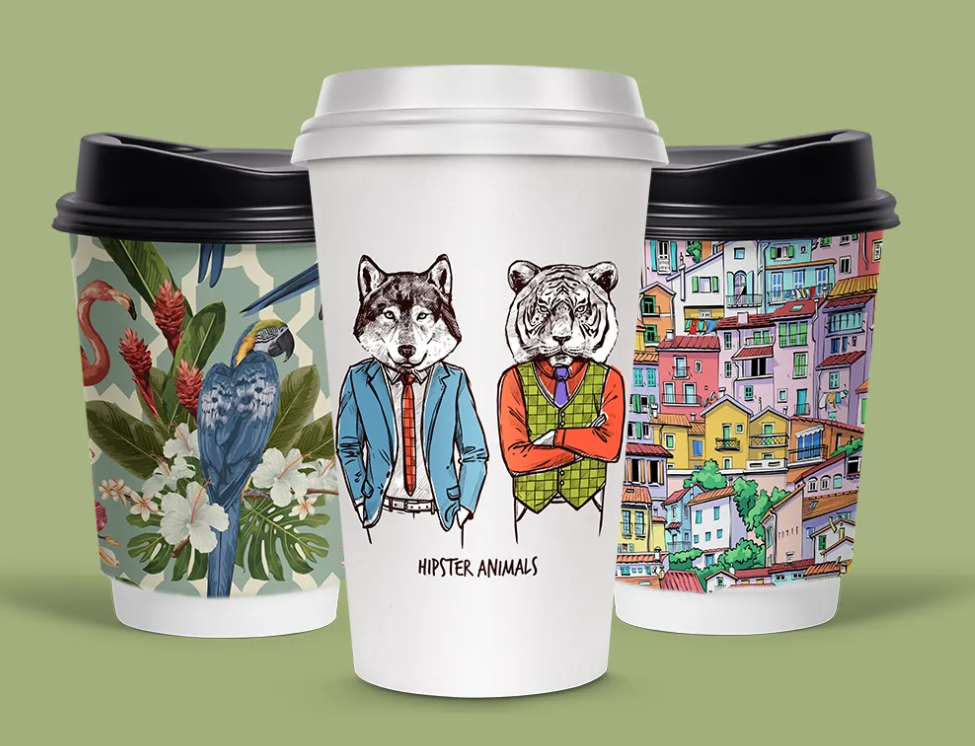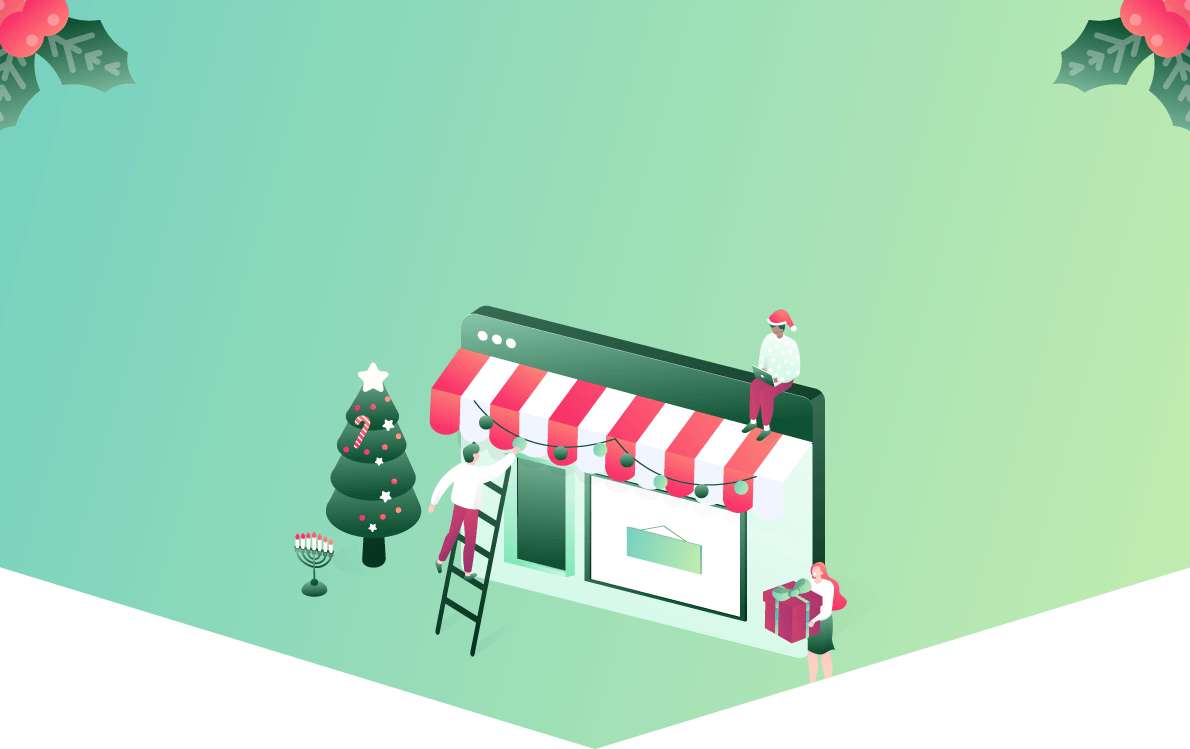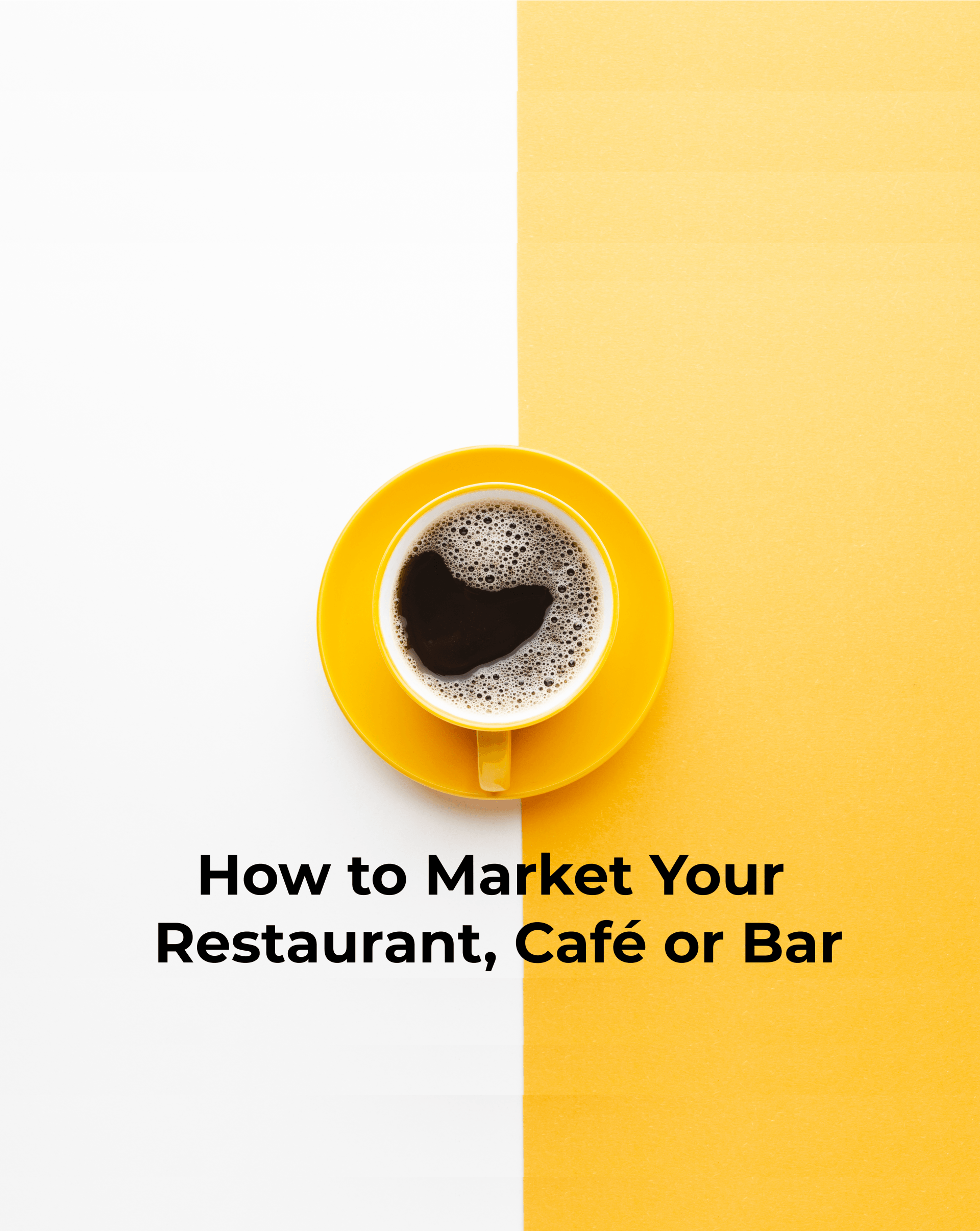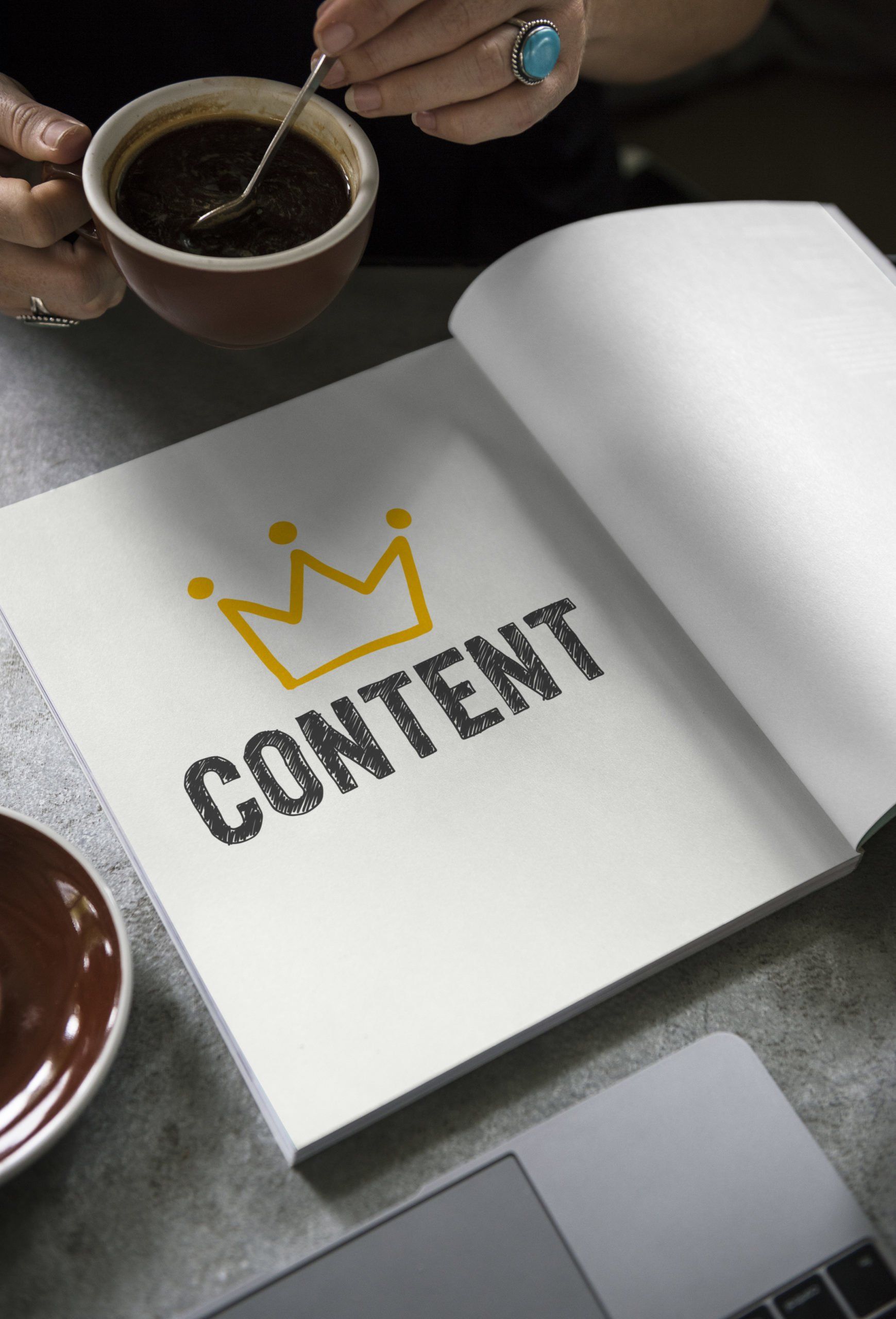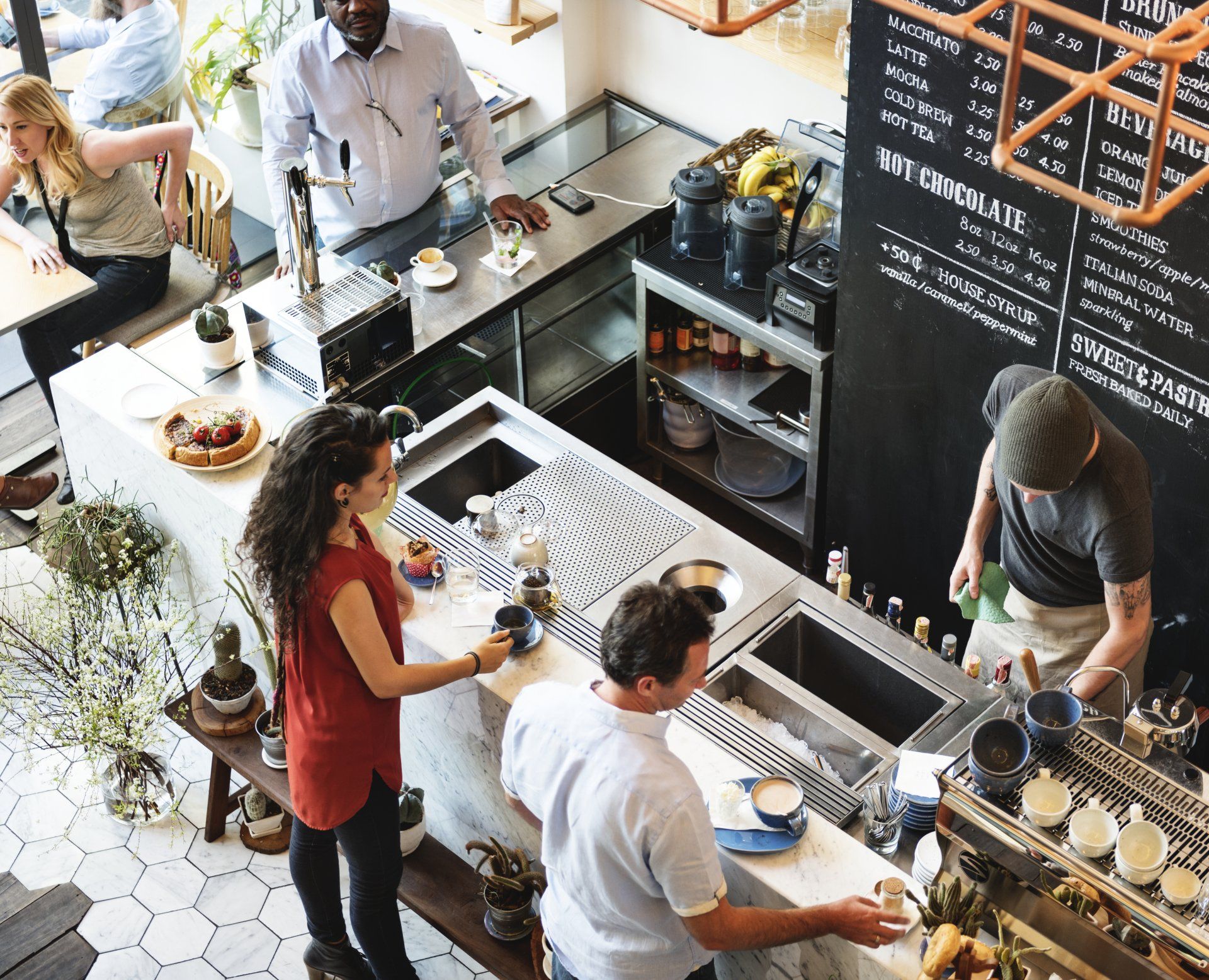6 Best Menu Tricks to Increase Profits
You’ve spent weeks crafting new dishes, selecting ingredients, refining the flavour profiles, and playing with textures. Your proud new creations finally made it onto the menu, and yet, your sales are down!
That’s because you might not be engineering your menu the right way!
While engineering your menu can prove tedious, a few tweaks could boost your profitability by more than
15%. Indeed, strategic item placement, powerful menu descriptions, and a well-thought-out menu design can enhance your customer’s dining experience, drive strategic buying decisions, and boost your profit. And the good news is, sometimes, all you need is a little menu reorganisation to put you back on the right path. Not sure where to start?
To assist you, we’ve listed six easy menu tricks you can implement immediately in order to increase your profits. Let’s dive in.
1. Limit your Menu Items
This might surprise you, but research has shown that less is better when it comes to giving consumers options. According to a study published on the Harvard Business Review website, offering too many options to customers can lead to ‘’choice paralysis’’.
According to Menu Engineer Gregg Rapp, the optimum item number on a menu is under seven items by category. The reason behind this theory is simple; when customers are presented with too many options, they tend to default to the items they know, such as burgers or pizza, which are usually not the most profitable item on the menu.
2. Categories your Menu
Clearly dividing your menu into categories such as Appetizers or Desserts and sections such as Meat, Pasta, or Pizza is essential to ensure profitability. Your menu must be clear and breakdown items in an organised fashion. This will allow your customers to quickly understand the options and help you better prioritise menu items based on their profitability.
3. Strategically Position Your Most Expensive Dish
After analysing customers' reading patterns, most researchers agree that the top of the page is the ‘’sweet spot’’ for one-panel menus. On the other hand, the upper-right hand corner is ‘’prime real estate’’ for two-panel menus as customers’ eyes tend to first focus on that part of the menu. As a result, place your most profitable dishes in these locations, based on your menu layout.
4. Enhance your Menu Item Descriptions
A
study led by the Association for Consumer Research revealed that descriptive menu items can increase sales by up to 27%. That’s why a menu description should take customers on a sensory journey with you to discover this new dish they’ve never tried or revisit nostalgic favourites. As a result, you should use carefully crafted descriptions, letting customers know the story behind the dish, where the particular recipe comes from, or even where the ingredients have been sourced. Use this space to evoke an emotional connection between words on a page and the taste buds of consumers, turning their time with you into an unforgettable experience.
Research has also shown that customers are more likely to order dishes using family members' names such as Uncle Bob’s juicy grilled cheeseburger or Aunt Maggie’s decadent creamy truffle and cauliflower soup. Not only do family members' names prompt a nostalgic feeling but they also immediately evoke the thought of homemade quality meals. What’s more, mentioning the origin of dishes whenever possible such as Belgian waffles or Paris mushroom, can also help convey the impression of authenticity and quality menu items.
5. Don’t Use the $ Sign
6. Work on Your Menu Design
While the quality of your menu items is critical to your restaurant’s reputation, a successful menu stems from the combination of incredible dishes and a smart menu design. We’ve listed below a few key things to keep in mind when designing your menu:
Negative Space
White space is the best way to avoid overwhelming your customers with information as they provide a rest stop for their eyes and give them time to process information. As a result, strategically positioning your most profitable items in an area with a lot of negative space is a fantastic way to increase your profit.
Images
The same way you don’t want to overwhelm your customers with information, you need to use high-quality images tastefully and sparingly to avoid overwhelming diners with tons of pictures. Also, note that images tend to boost profit for value-driven restaurants. As a result, if your restaurant is upmarket, using pictures could actually decrease the perceived value of your brand.
Call Outs
Using eye-catching shapes like boxes or ribbons on your menu can help drive strategic buying decisions. Make sure you highlight your star dish with some professional-looking graphics. You can also use a bold or fancier font along with a different colour to visually highlight your most profitable item.
We hope this article was useful and will help you re-engineer your menu! Follow this guide, and you should be on your way to boosting your profitability. Need some help? Get in touch
here as we’d love to discuss your needs and how we can help.

